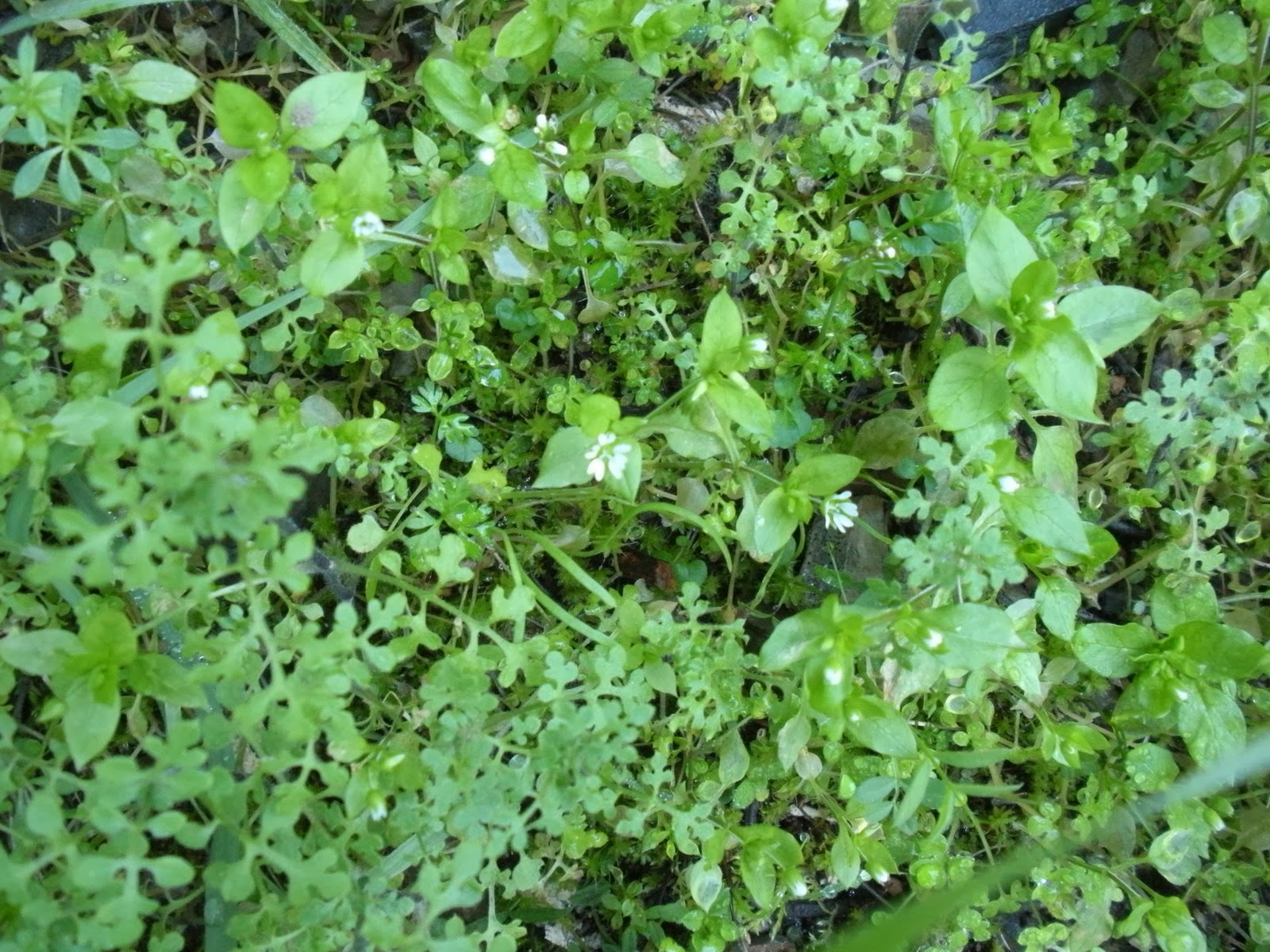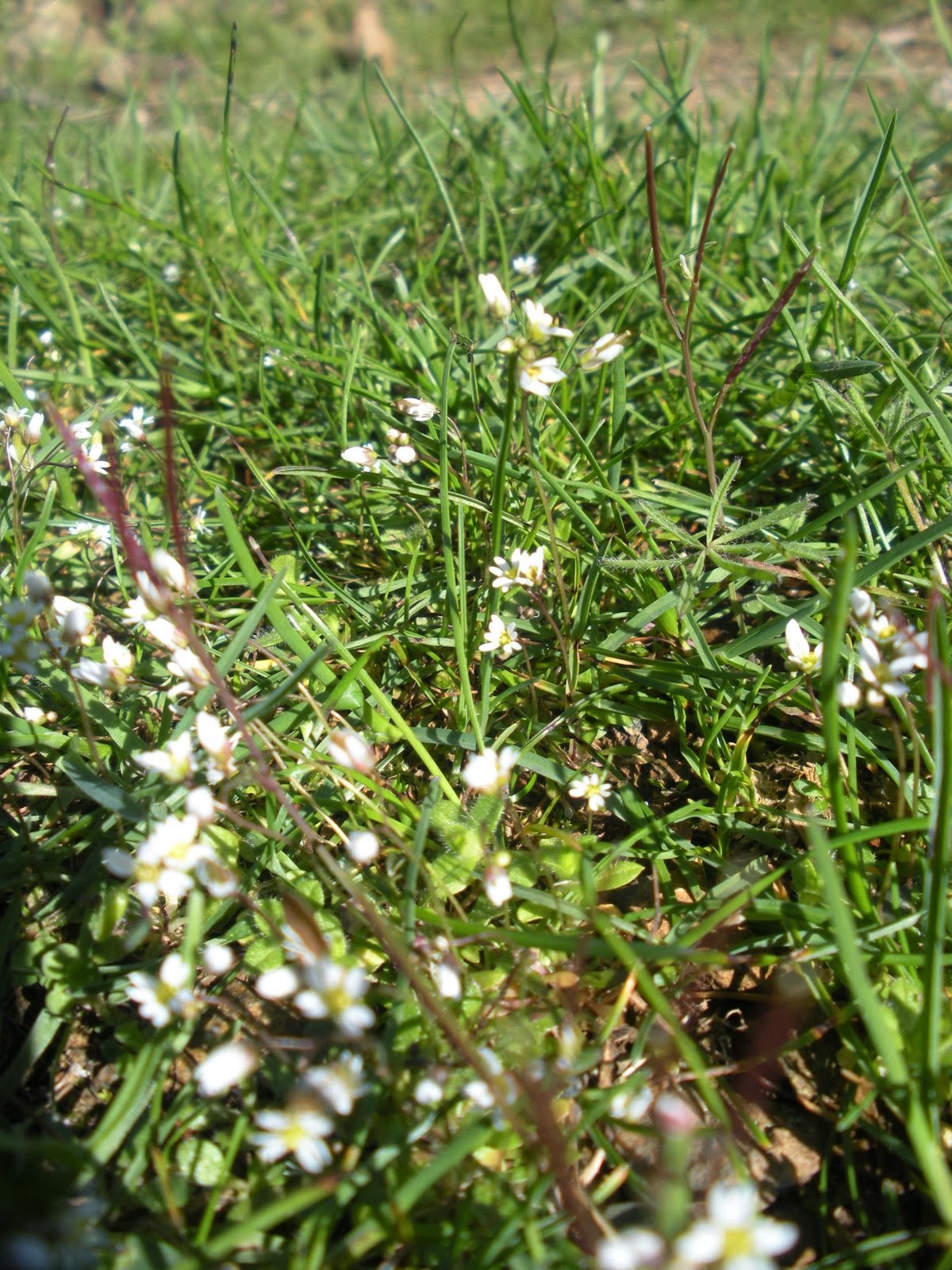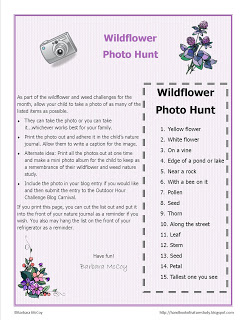Outdoor Hour Challenge #51 took us some time to complete for some reason. The boys didn’t think that they needed to learn much about our dog but after we got going, we really enjoyed some of the ideas that Anna Botsford Comstock suggested in the accompanying lesson.
We watched the PBS video on wolves in Yellowstone and we were so interested to see how the circle of life goes round and round even within one national park. I think someone else mentioned that they had a hard time knowing which side to be on when you saw a skirmish. I totally agree with that…..like with the wolves, the elk, and the coyotes. Each one had its family and its physical needs and without eating each other, none would survive. It gave us lots to think about.
Now to our crazy dog study….my boys were so funny working through the lesson on dogs in the Handbook of Nature Study. I couldn’t believe how much they could answer without even getting up and looking at the dog or the cat. The comparison between the two in the lesson ideas worked out great because it made us stop and really think about the differences between canines and felines.
Sleeping dogs are great to take photos of since they don’t move around. She really doesn’t like us to take photos of her very much and trying to get photos of her body parts was impossible. I felt like we needed to wrestle her to the ground but my son decided that having a little “scooby snack” in his hand did the trick.
I think I shared this photo before but this is a priceless photo of our dog showing her teeth. I don’t remember exactly what we were doing that made her give us a “smile” but it makes me laugh every time I see this picture.
Her ears are also very expressive in real life and we can tell if she is listening by the way she has them positioned. Sometimes when she runs her ears turn inside out and it looks so cute.
Even though we didn’t have much success getting photos, we did have a great time examining the things that the Handbook of Nature Study suggested we look at during a good dog study. Kona uses her nose to sniff just about everything when we go for our walk and we have even named one spot on the trail “Smelly Rocks” because she can’t bear to pass by without giving them a good sniff. There is also one particular bush alongside the path that gets her interest every time as well. This photo is sort of a “all the better to smell you with” kind of photo…..her nose looks really long and her nostrils very large.
If you haven’t completed this particular Outdoor Hour Challenge yet, I encourage you to do so with your own dog. You will learn a lot!
































